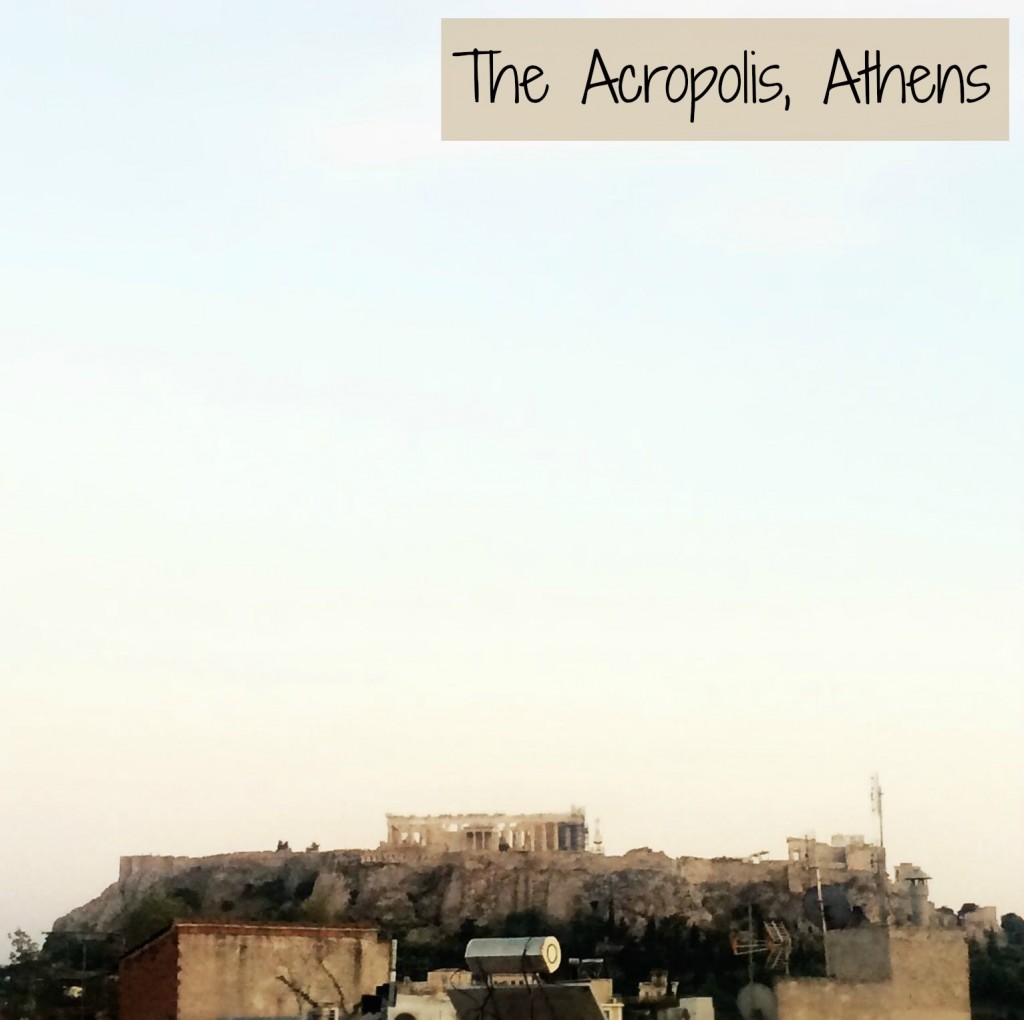
It goes without saying that when you’re visiting Athens, the Acropolis is likely to be on your must-do list. Representing both the birthplace of democracy and of Greek civilisation, it’s an icon to many.
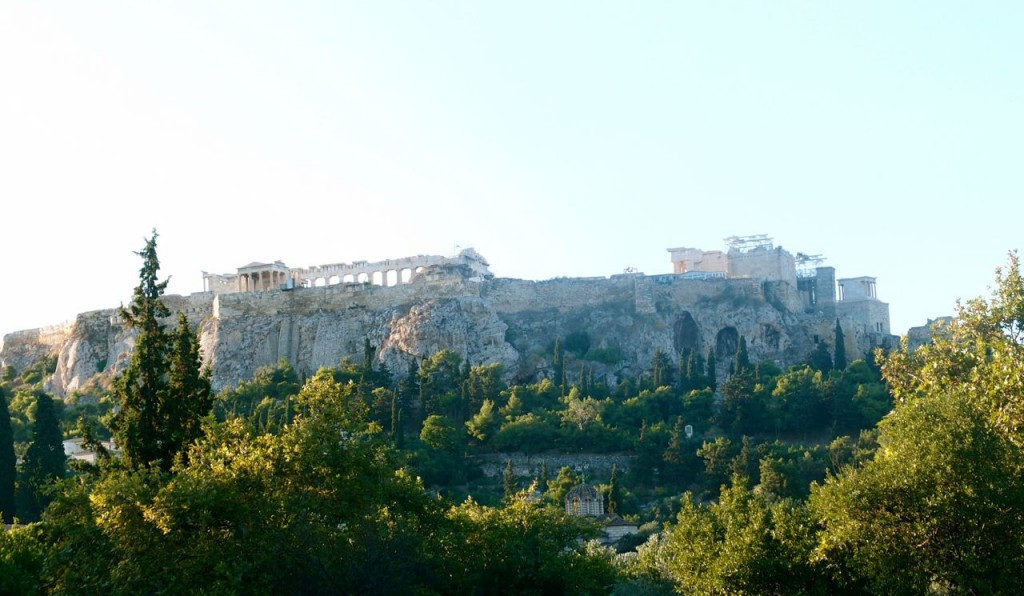
Our first sight of the Acropolis as we headed up in the early morning
The Acropolis hill is known as the Sacred Rock to many in Greece, and is home now to the ruins of a number of beautiful buildings, the most famous of which is the Parthenon. Mostly constructed in the fifth century BC, the structures were intended to demonstrate Athens’ position as one of the leading city-states in power, thought and the arts.
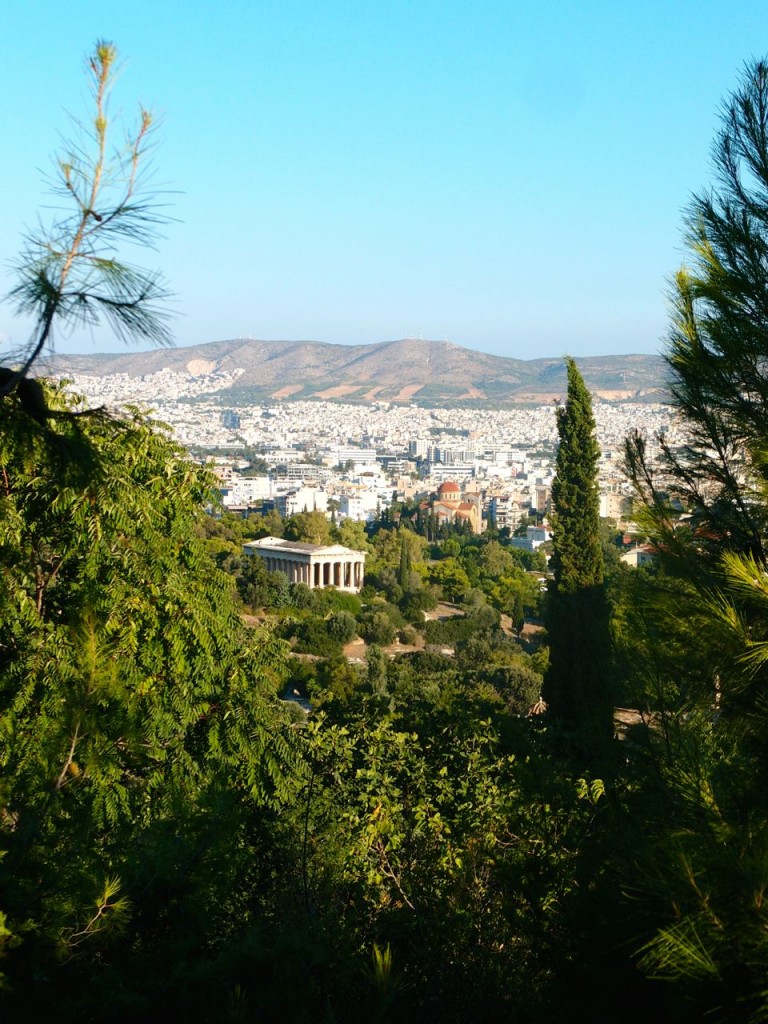
Looking down on the Ancient Agora from the Acropolis
As you will have the Acropolis on the top of your list, so will about five million other people – unsurprisingly. Because of this, and also the sheer heat of Athens in summer (we visited in their hottest week!) it is advisable to visit either very early or later in the day. The site opens at 8am every morning and the last entry is at 4:30pm… aim for either end and you’ll be able to enjoy the site with a little less crowds.
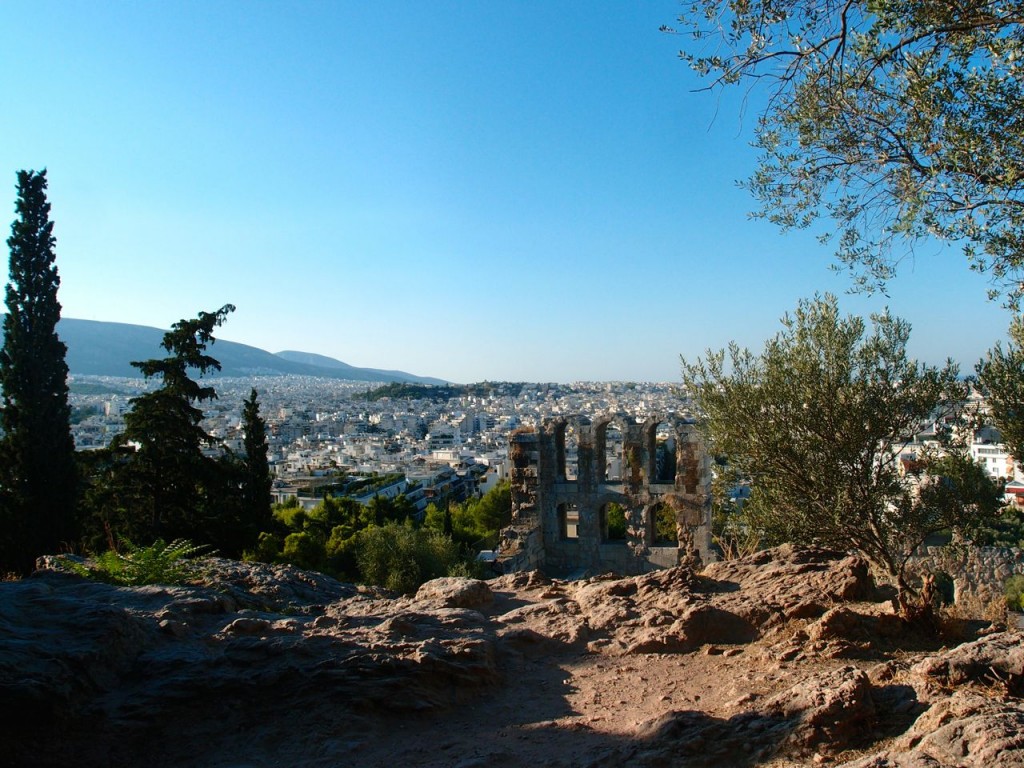
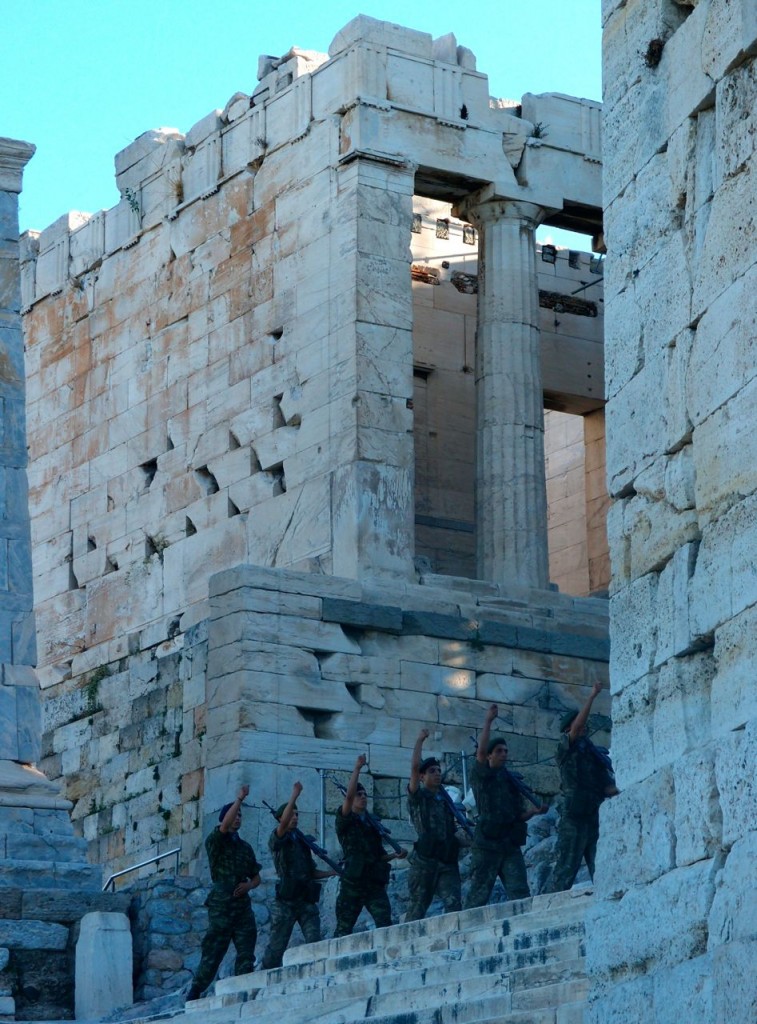
Guards opening the site
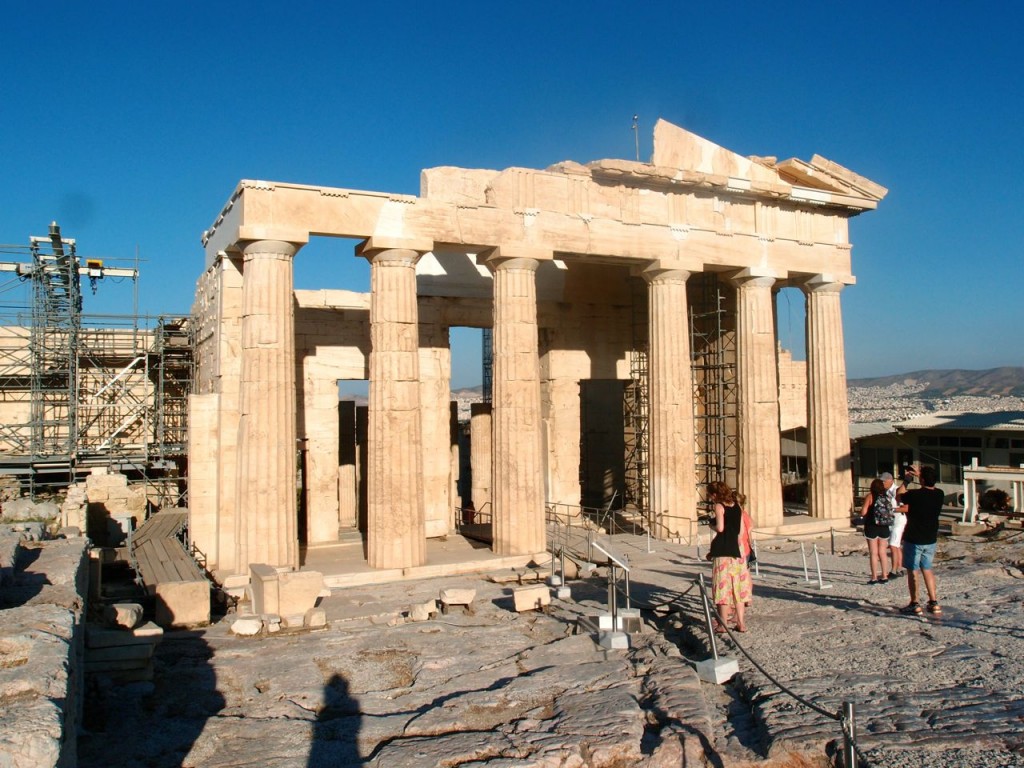
The Propylea gateway
You enter the Acropolis up a set of huge stone steps and through the Propylea gateway. Once there, your eyes are drawn from one side to the other by the beautiful ruins. In a mix of classical styles they stand sentinel over the city, and it’s amazing to think what change they would have seen over the centuries.
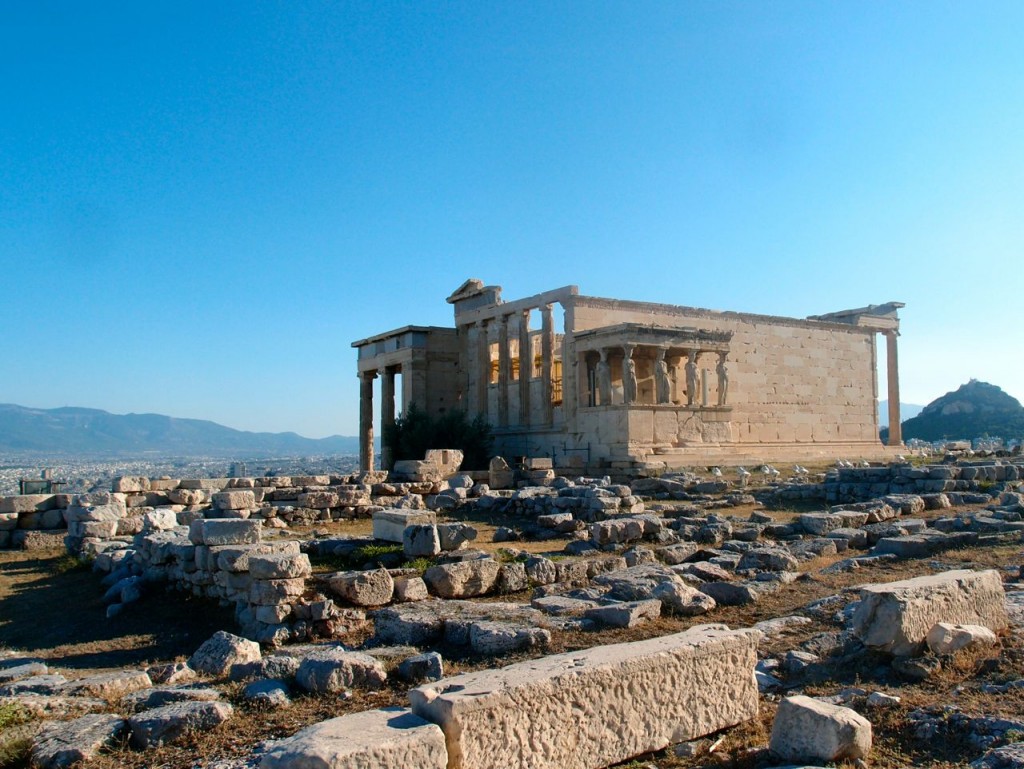
Erechtheion and the porch of the Carytids
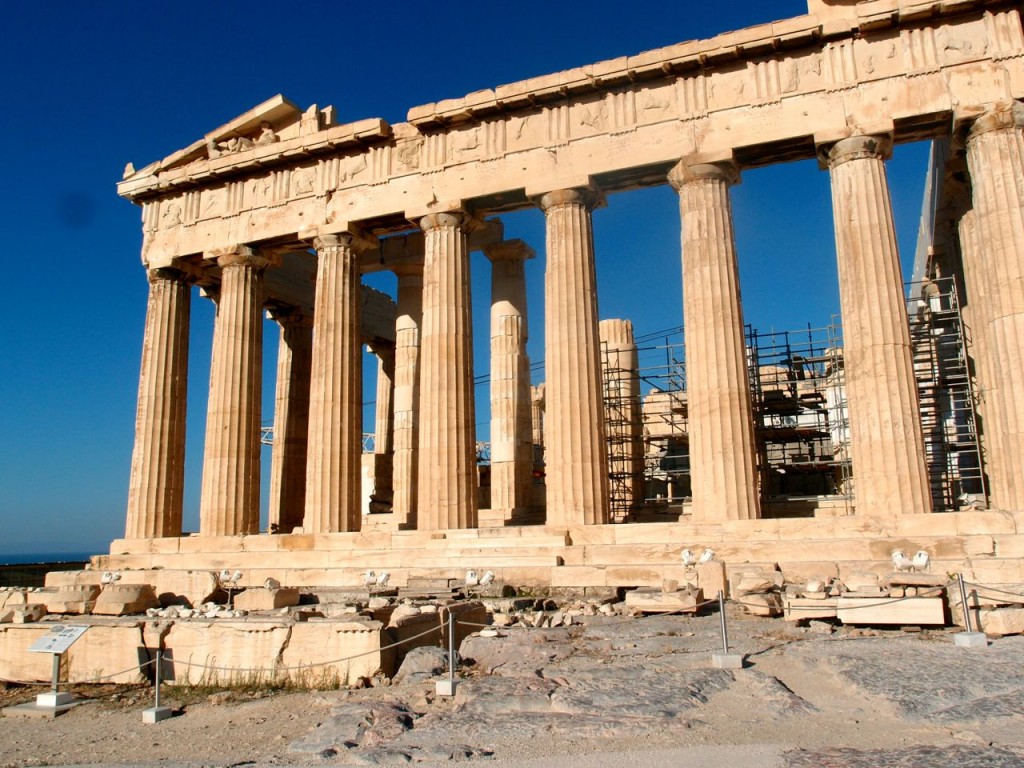
The Parthenon
The Parthenon was dedicated to the goddess Athena, the patron of Athens. The stories goes that she competed with Poseidon for the honour and won by inventing the olive tree. Even today, there are special groves of these on the slopes of the hill.
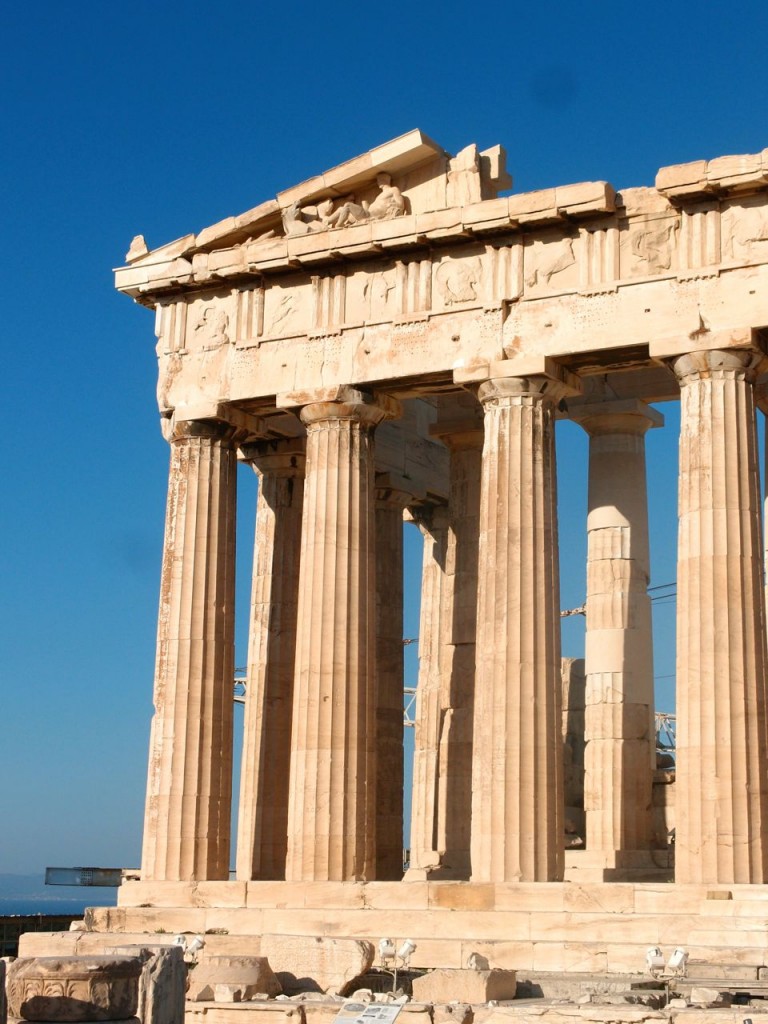
As well as being a national monument, the Acropolis is also the subject of intense sensitivity and debate in Greece. Thanks to the efforts of Lord Elgin, a British explorer in the nineteenth century, many of the most important pieces of the Parthenon and other temples were removed to England and now reside in the British museum. It is argued that they should now be returned, if not to the site itself then to the nearby state-of-the-art Acropolis museum. While I appreciate the counter-argument that they would not have been preserved so well in the pollution and weathering conditions of Athens, I think that national treasures of this kind should always be returned to their home country if there is a movement for this to happen.
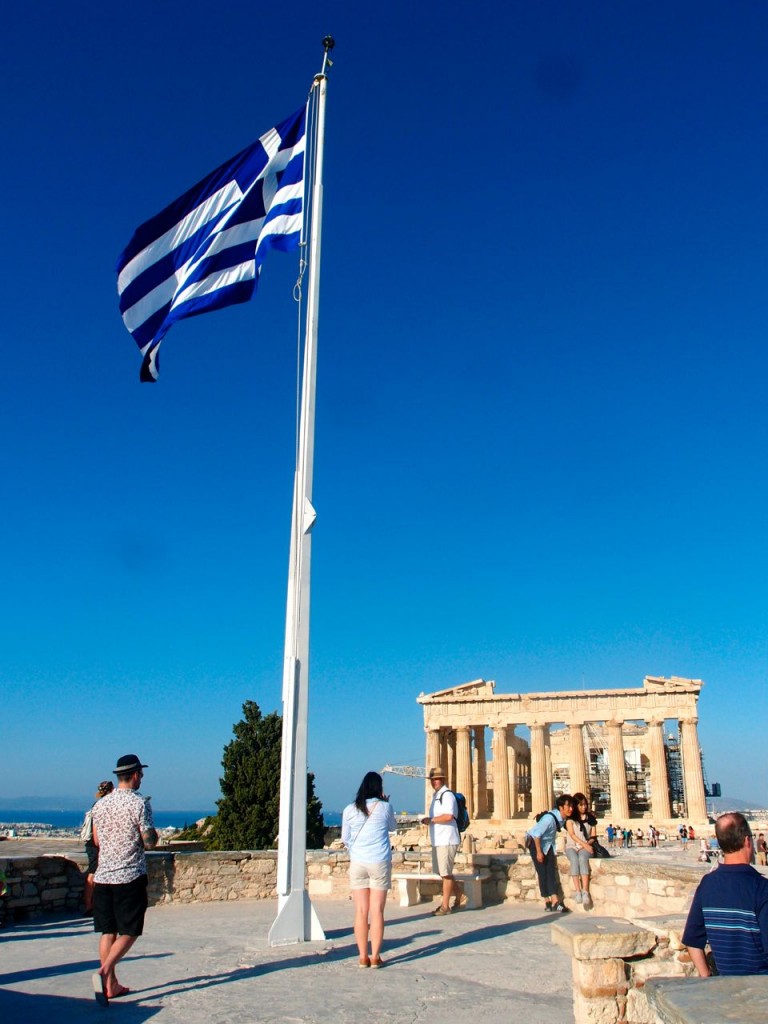
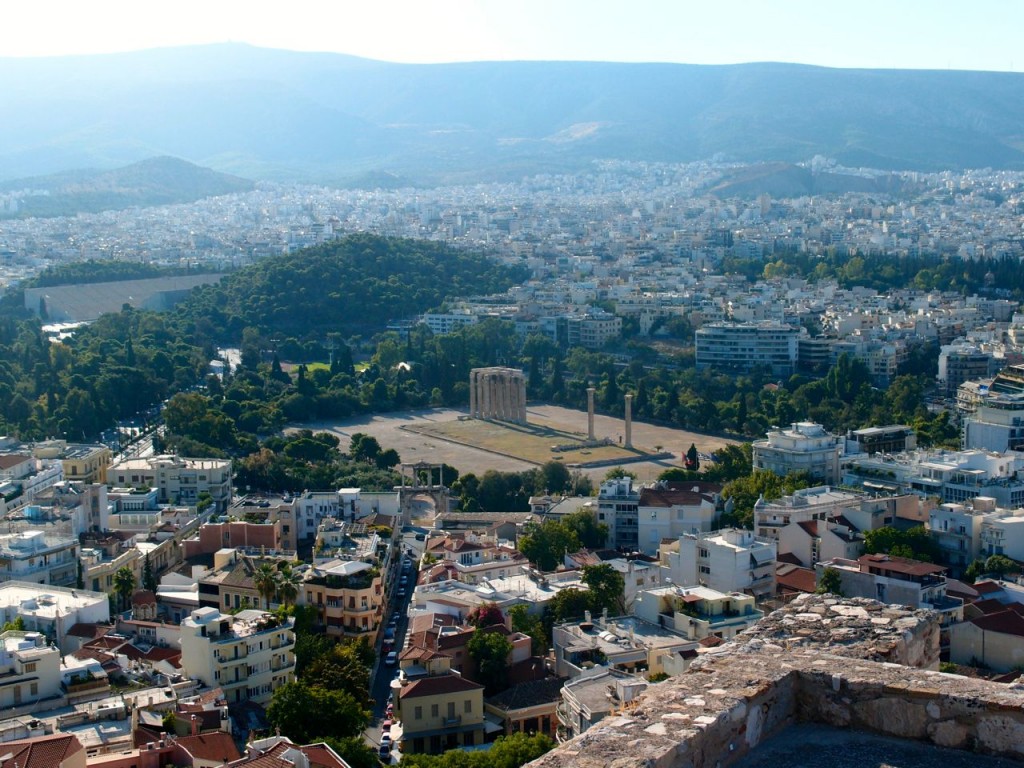
The Temple of Olympian Zeus
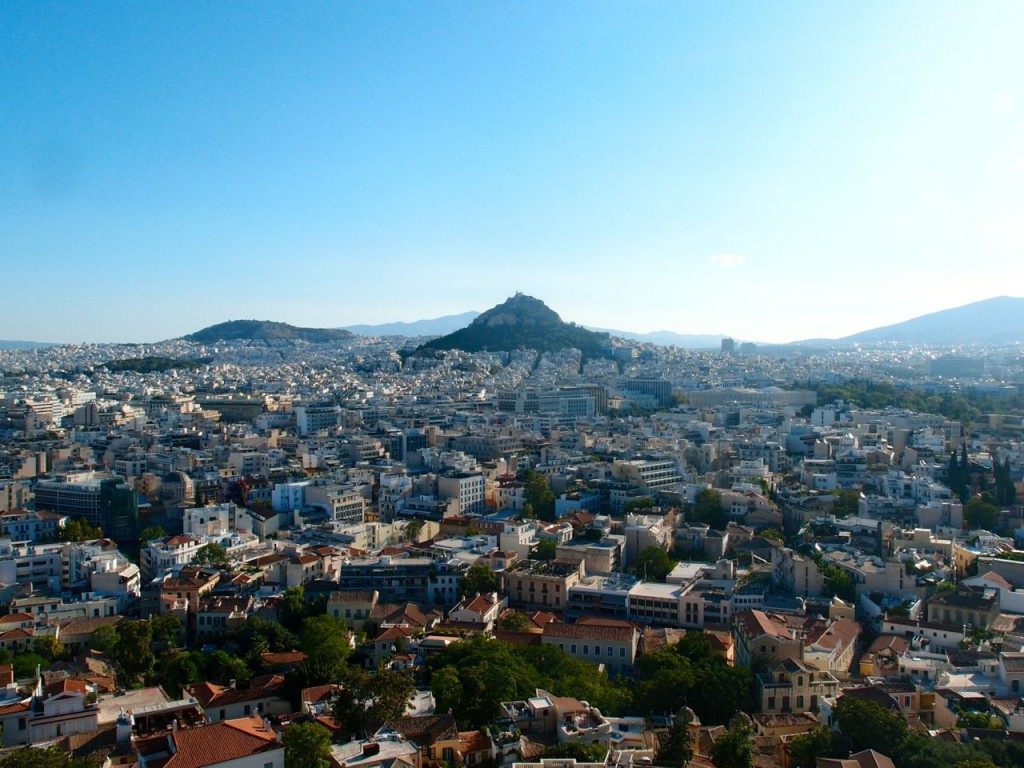
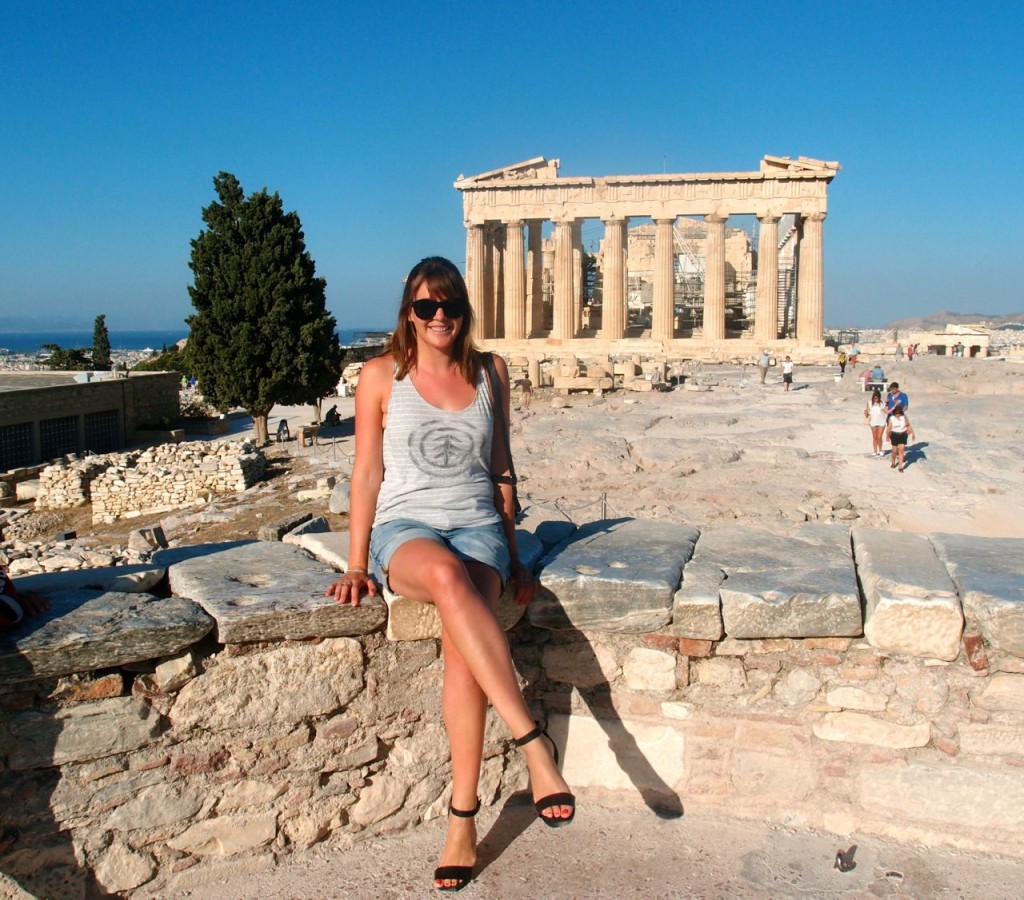
What I didn’t appreciate until I visited the site was that it wasn’t all about the Parthenon. Even though this was the main temple on the site, there were also various other smaller temples and sanctuaries dedicated to other gods, and also theatres where both religious and cultural performances took place.
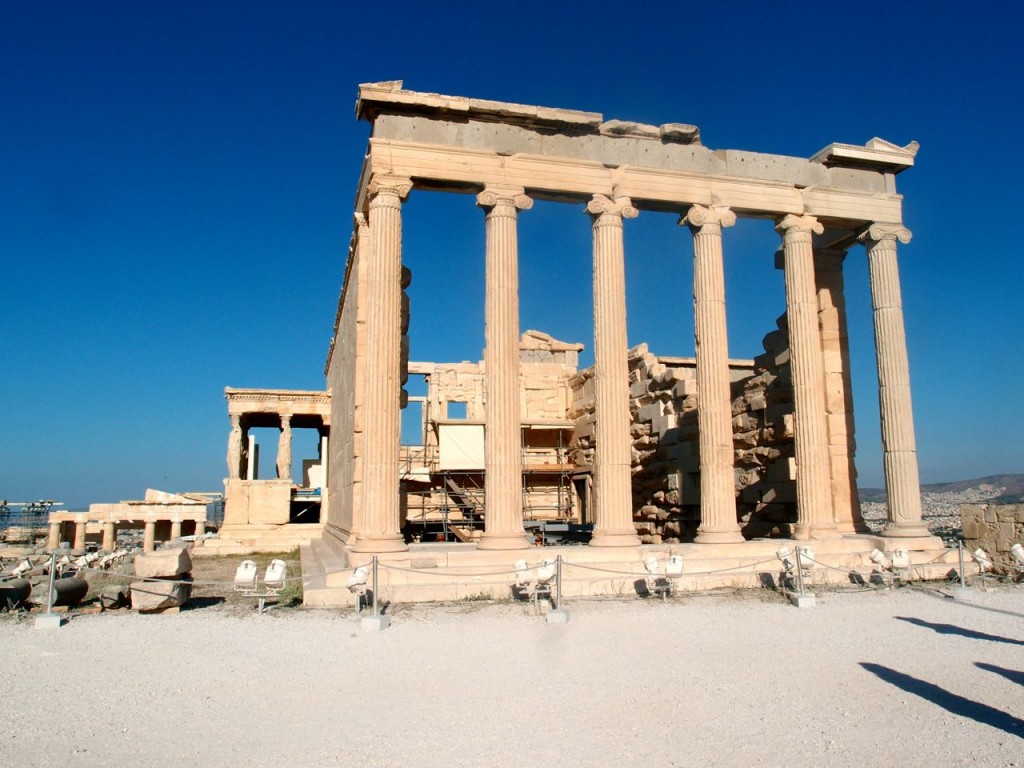
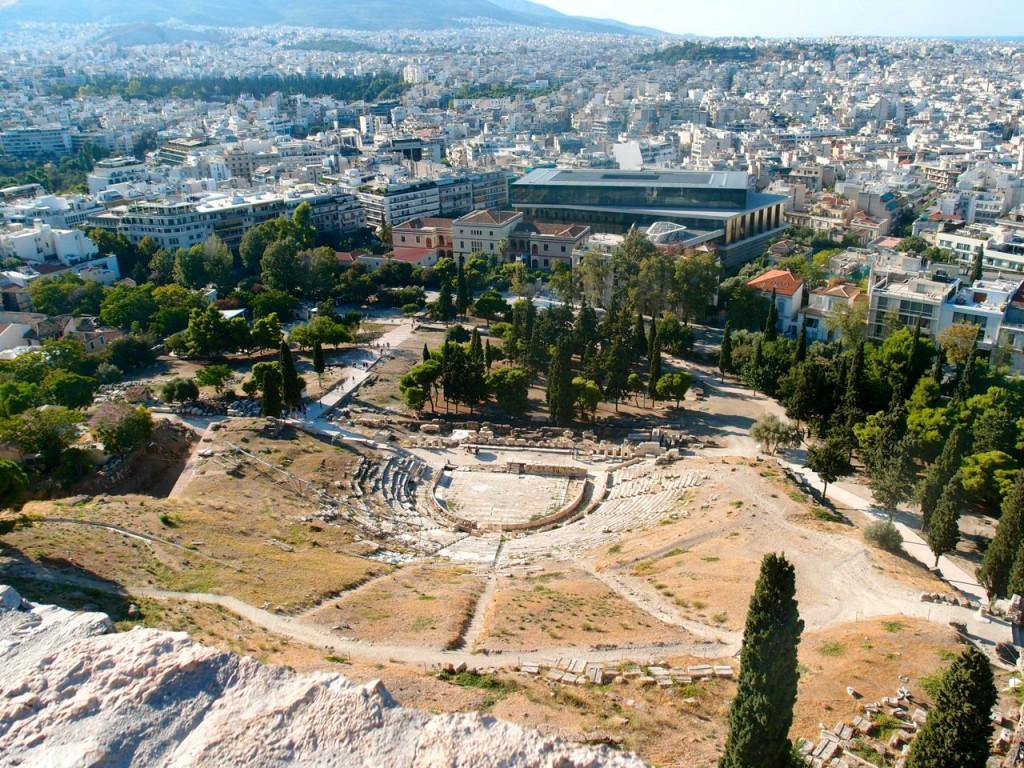
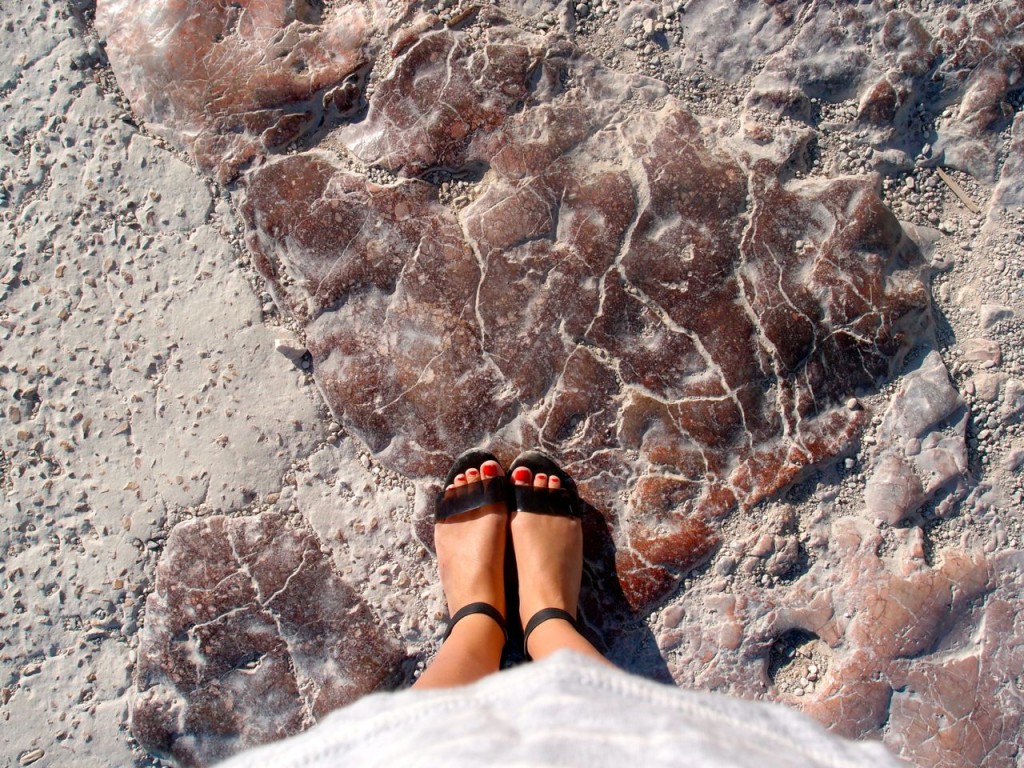
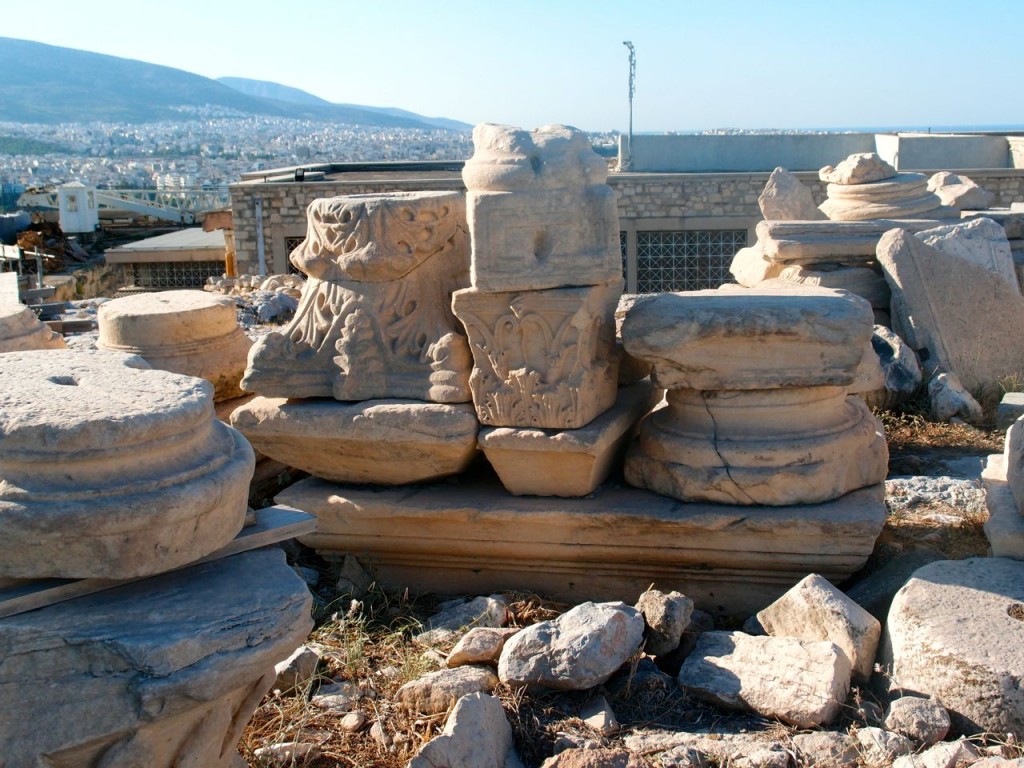
As the sun rose in the sky we slipped down the hill into the relative cool of the Agora and the busy roads lined with street-art. Whenever I picture Athens from now on, it will be those beautiful panoramas from the top of the Sacred Rock – it was a privilege to visit!
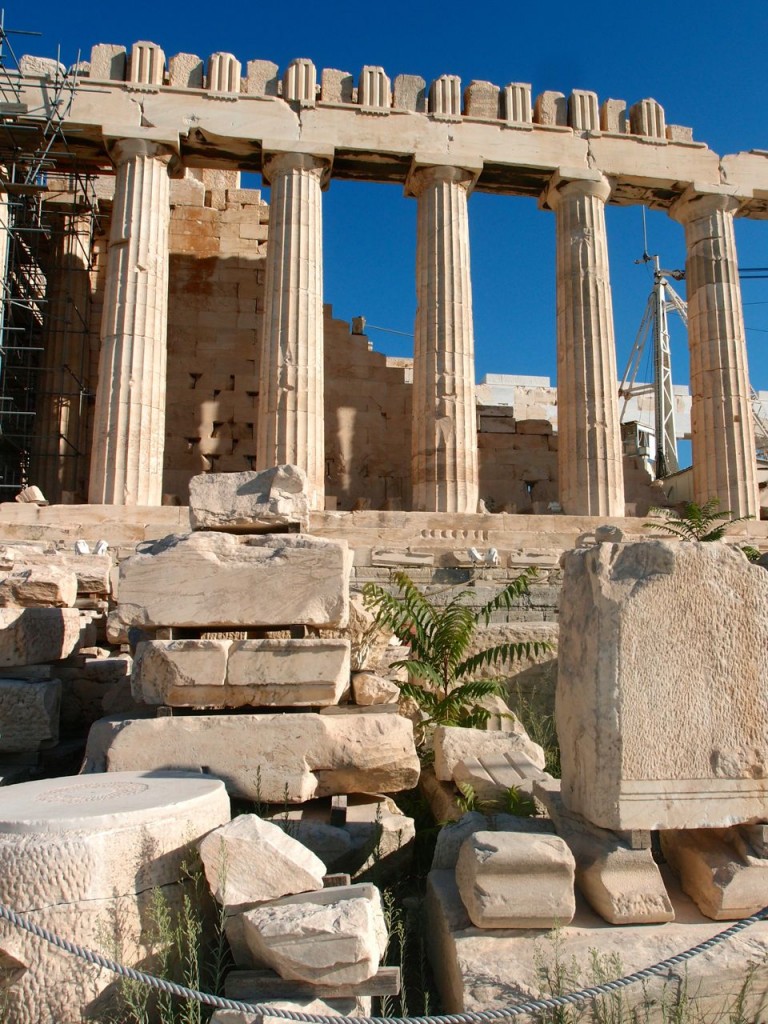
Have you visited the Acropolis? Do you think national treasures should be returned to their home country?

